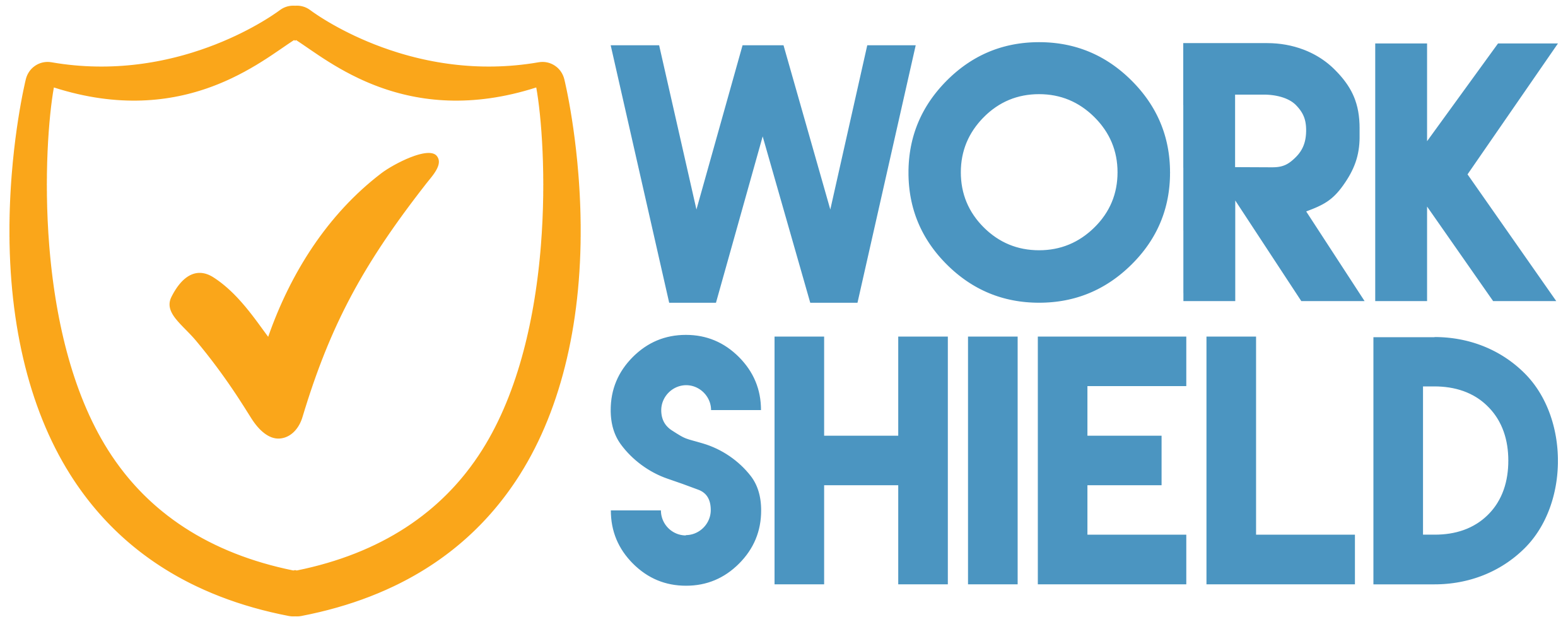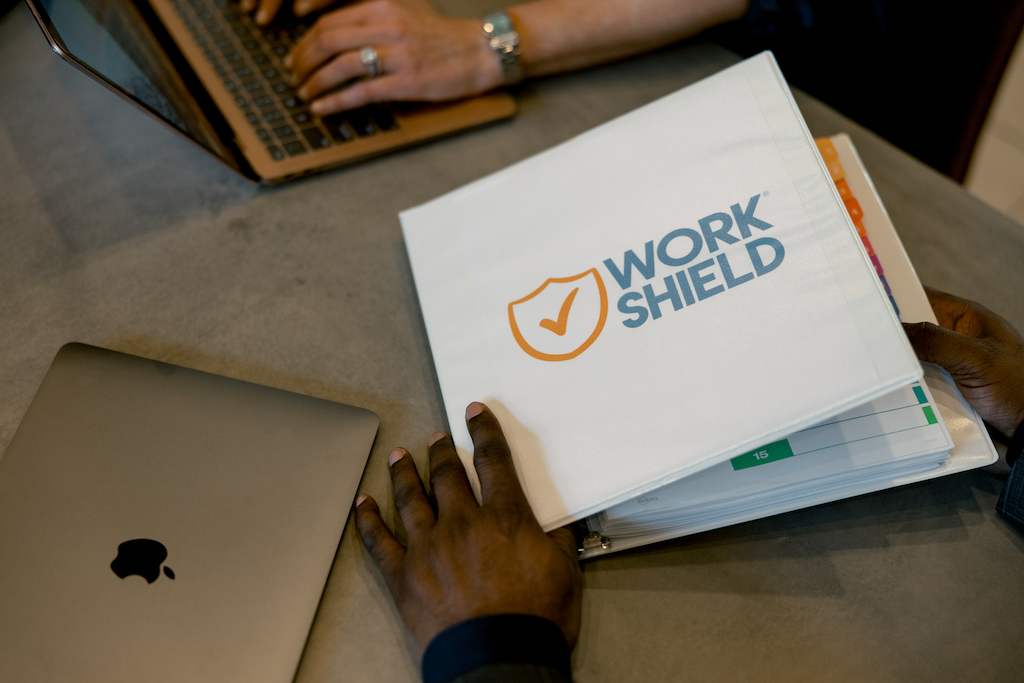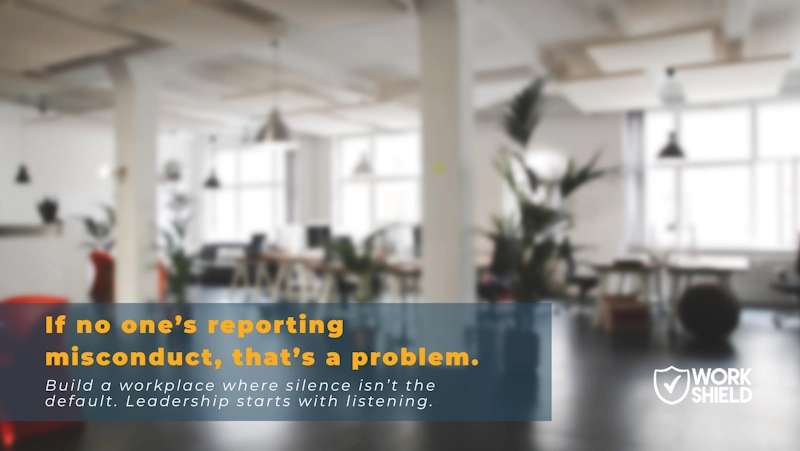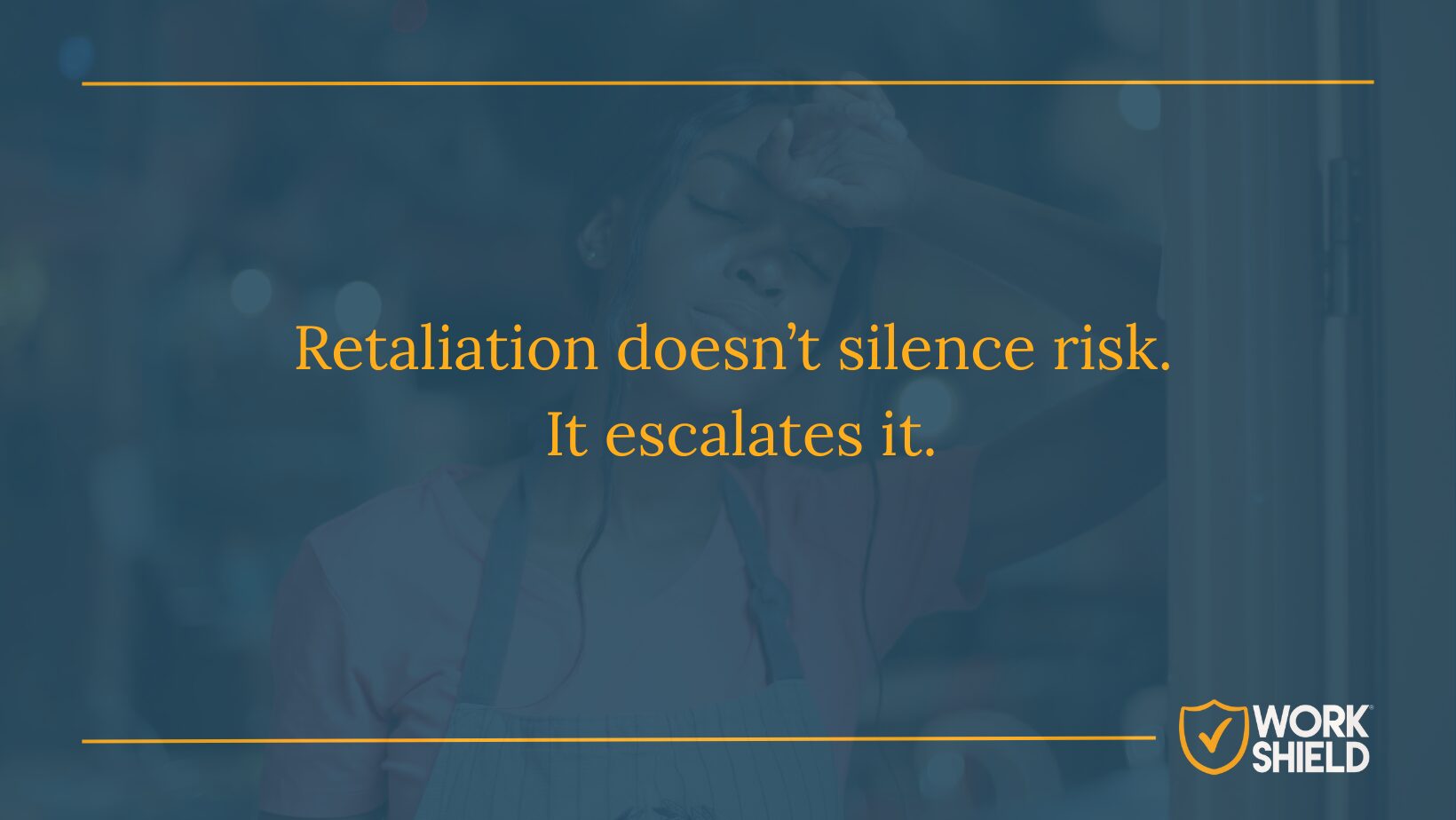The COVID-19 pandemic presented unprecedented challenges to businesses across every industry last year. The impact required many organizations to re-evaluate their investments, and across the board, we saw budgets cut and initiatives put on hold while businesses attempted to stabilize and prepare for the unknowns of the future. Now, with 2021 in full swing and leaders settling into their new normal, businesses are reconsidering their priorities and investments, evaluating the projects, tools and initiatives that will reap the highest return and future-proof their businesses going forward.
As businesses prioritize these investments, it’s important to acknowledge the impact that 2020 had on priorities for both employers and employees. Naturally, in response to the COVID-19 pandemic, creating a healthy work environment became one of the biggest priorities – both in terms of employee well-being, as well as company culture. According to a recent study, 53 percent of adults reported that their mental health was negatively impacted due to worry and stress from COVID-19. Additionally, in the wake of racially charged tragedies like the death of George Floyd, the fight against discrimination and inequality reached a boiling point and committing to diversity and inclusion in the workplace became a pressing priority. With 70 percent of job seekers saying that they place higher value on companies committed to D&I, every industry was challenged to consider how to do their part.
With these two priorities in mind, we’re breaking down why, even in a year of cutbacks, companies should invest in initiatives promoting employee well-being and DEI (diversity, equity and inclusion).
Mental Health & Well-Being
In the last year, the response to the COVID-19 pandemic placed a large emphasis on mental health with research finding that 80 percent of workers would quit their current position for a job that prioritized mental health. Additionally, studies found that 33 percent of employees wanted to see a corporate investment in well-being programs in 2021. While it may seem obvious that improved well-being in the workplace would benefit employees, it can also reverberate across an entire organization, improving employee performance, productivity and the bottom line.
80% of workers would quit their current position for a job that prioritized mental health.
For example, MetLife conducted a recent study that showcased how poor mental health affects employee performance. Research found that employees who did not have mental health concerns experienced increased productivity by 86 percent and improved engagement by nearly 80 percent. In addition, when employees prioritized their mental health, organizations reaped the benefits as well. According to the World Health Organization, for every dollar spent on mental health treatment, $4 was gained in employee productivity.
While mental health and well-being should be a priority for every industry and company, some experience the effects of poor mental health more than others. Industries such as restaurants and hospitality historically have higher rates of workplace harassment and discrimination, which contribute to toxic work environments that harm the mental health of those involved. However, with the transition to remote work as well as heightened stress brought on by the COVID-19 pandemic, companies across all industries are experiencing amplified harassment and discrimination risk factors. To combat these issues, organizations in all industries must take actionable steps in the coming year to ensure their employees are heard. This includes providing adequate training and resources that will protect employees from harassment and discrimination, boost mental health, and provide a more positive workplace culture.
Diversity & Inclusion
Over the past year, people across the country and around the world spoke out about racial inequality and discrimination. While the conversations were a much-needed starting point, many recognized that acknowledgment was not enough; action needed to be taken to address the inequities and injustices that led our society to this point. In response, people began to reexamine their own lives, including their careers and the companies who employed them. Employees challenged leadership at businesses of every size and in every industry to have more open dialogue about the importance of diversity and inclusion in the workplace, as well as the implementation of specific initiatives and tools that would help ensure they are achieved.
Due to the importance of DEI initiatives and impact these programs can have across a company, businesses should also invest in tools that proactively promote and protect diversity. Similar to mental health programs, research shows that organizations who prioritize DEI programs experience 19 percent greater employee retention and 57 percent better team collaboration. In addition, DEI initiatives can protect businesses from costly harassment and discrimination claims that can cost companies millions in litigation and settlement fees. For example, in 2020, the EEOC secured a record amount of recovery in the sum of more than $535 million for victims of workplace discrimination. Investing in solutions that enhance diversity and inclusion in the workplace, like Work Shield, can effectively reduce EEOC claims, saving companies millions of dollars.
Organizations that prioritize DEI programs experience 19% greater employee retention and 57% better team collaboration.
The Real Return
Providing a safe and healthy workplace that promotes diversity and inclusion is critical in 2021 as the ROI both for employees and employers is unmatched. As Work Shield understands the importance of valuable investments, as well as the impact that DEI initiatives can have on businesses, we provide an ROI calculator to help businesses instantly understand what their return could be if they invest in promoting a healthy work environment where diversity and inclusion thrive, and employees feel empowered to voice concerns. Work Shield’s ROI calculator is based on the national average costs associated with harassment and discrimination incident management. It factors in the number of employees at a business, average incident rate and incident results (litigation, internal claim, EEOC, etc.) to determine the anticipated costs of harassment incidents for a business.
The average cost of the incidents for a company can be staggering, but equally as impressive is the fact that Work Shield’s company partners have never faced EEOC charges. By combining our data-driven technology platform with Work Shield-certified legal professionals to quickly handle all aspects of reporting, investigation and resolution of workplace harassment and discrimination issues, companies can yield an ROI of as much as 858% in some cases. Businesses could save millions in costs, employee retention, performance, and so much more by investing in tools that promote proper training, unbiased reporting and clear resolution. In addition to the monetary benefits, businesses that partner with Work Shield have peace of mind that all incidents will be handled efficiently with mitigated risk and protection for all involved. As research has shown, the need and validity of prioritizing mental health, well-being and DEI is not going away anytime soon, and in fact, these priorities will likely only become more important in the coming years. As your organization is evaluating budgets and determining priorities, we invite you to give us a call at 866-936-1154 or visit our contact page to start the dialogue around the most important investment you can make this year: your people.
About Jennifer PopeJennifer is the Co-Founder of Work Shield, the only start-to-finish workplace harassment and discrimination reporting, investigation and resolution solution that protects employees, employers and cultures at the same time. Jennifer’s background as an attorney fueled her desire to help others. She leverages her experiences from Hewitt Associates, Thompson & Knight, and SMU’s Dedman School of Law to help employers shift the paradigm related to workplace harassment to ensure that everyone has a voice.
Connect with Jennifer on LinkedIn.





